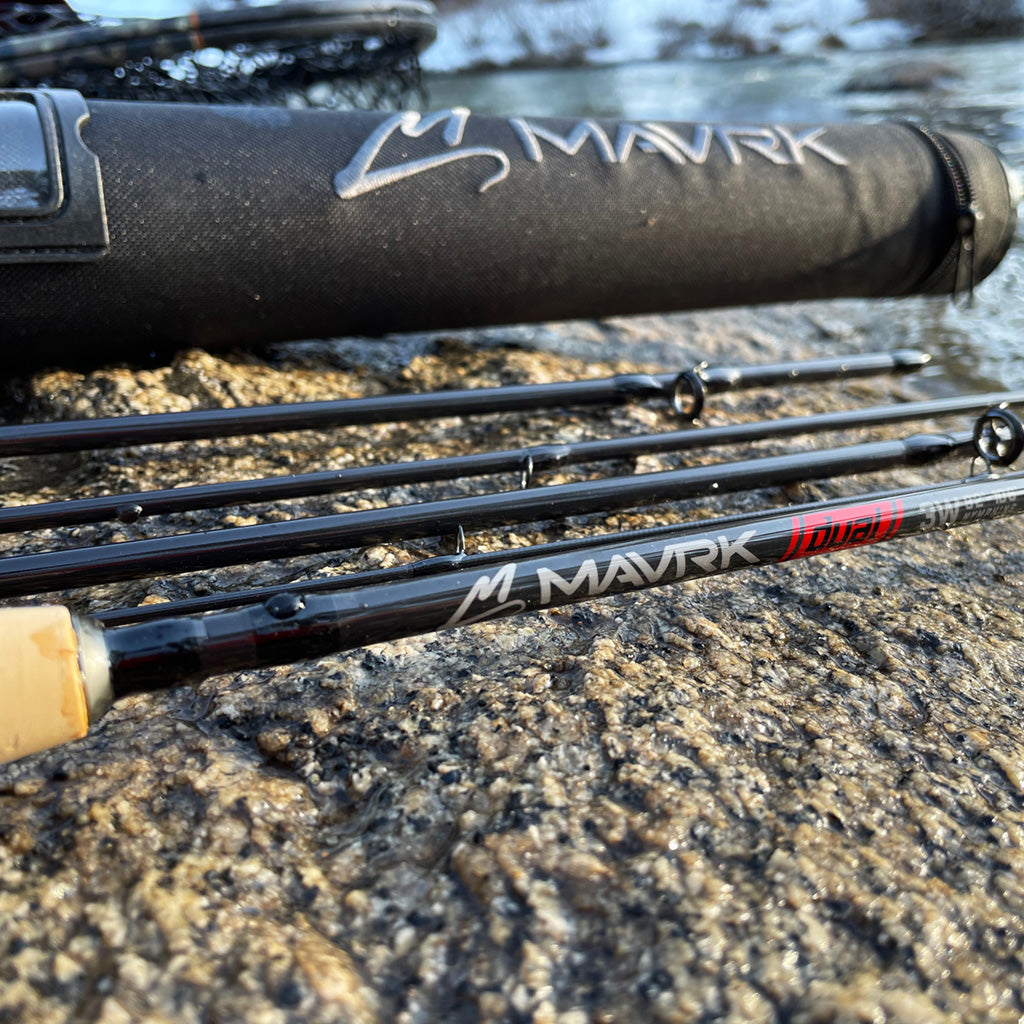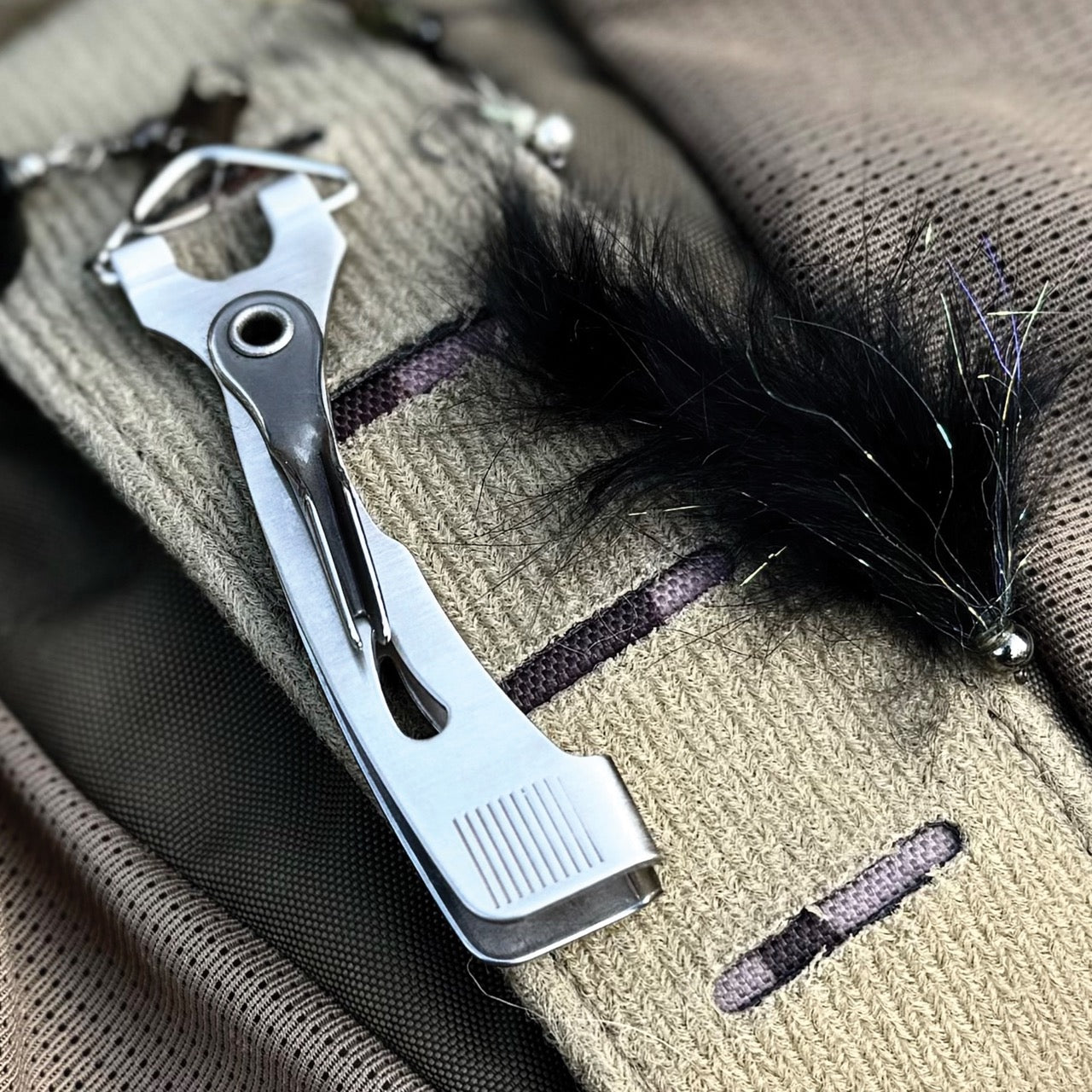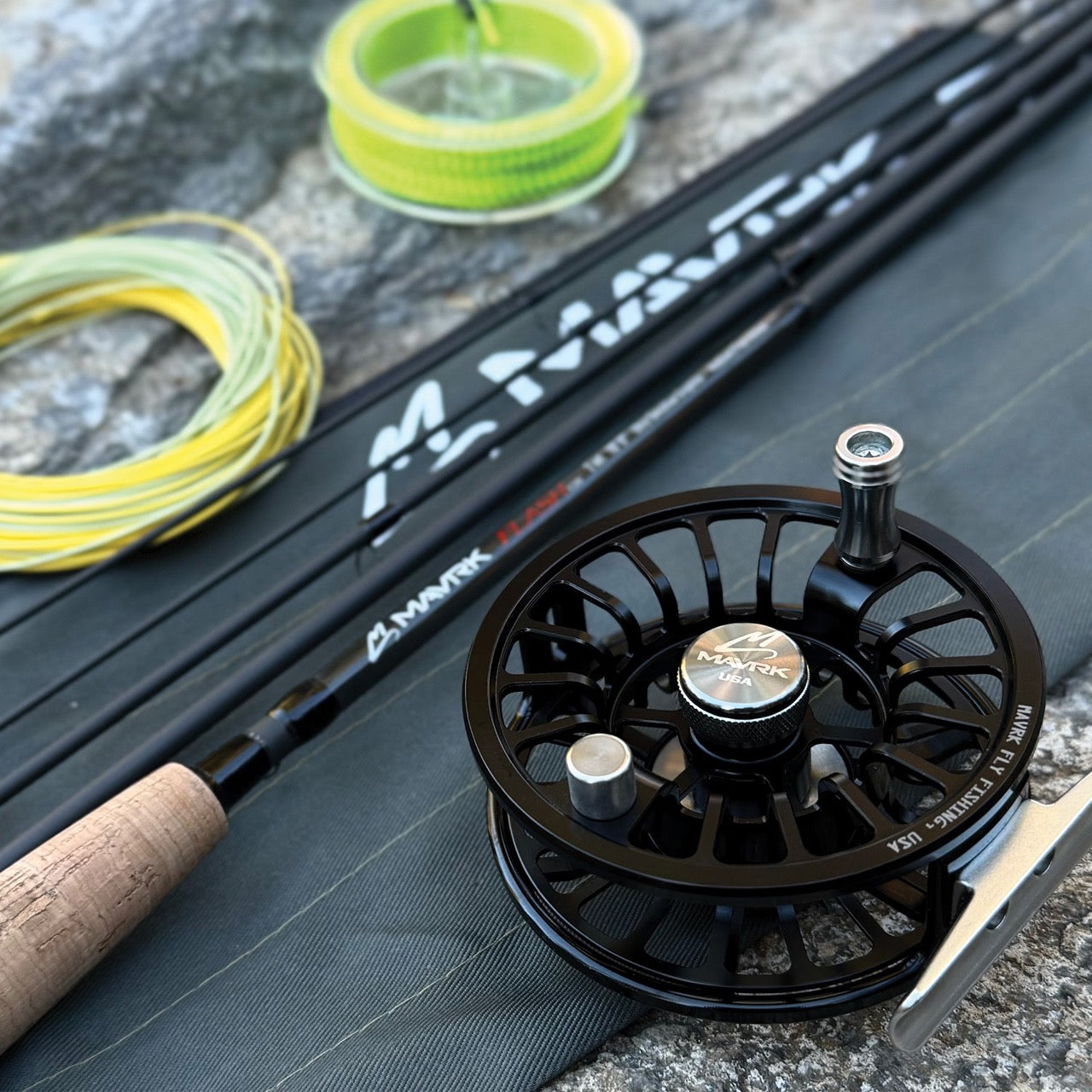So, you think you have the basic techniques down, and you’re catching a lot of trout using Tight Line techniques. But your fish all seem to be on the small side. You know there are much larger fish in this river, but they don’t seem interested. Why is it that beginners usually catch small fish? Well, unfortunately, it’s not just a matter time before you consistently hook into big trout. You must step up your game. Think and fish differently.
Understanding these 9 Tips will help you advance to the next level and catch larger trout:
LOCATION
Yes, trout can be anywhere, as you’ve already discovered. But large trout and small trout don’t always hang out together. In fact, you could be offering up food to the “kids table.” The larger adult fish are often holding in prime feeding lanes and chase the smaller fish out. In fact, catching small fish could be a sign that there aren’t many larger fish in that location.
TIP 1: Study the water and look for prime areas where there may be large trout.
Search out areas where there’s structure for large fish to position themselves, conserve energy, hide from predators, and pick off food drifting towards them- Areas like boulders, logs, undercut banks, heads of pools, tails of pools etc.
TIP 2: Cast upstream of the boulder and allow the fly to drift down the sides so covering both the front and the back.
Large, dominant fish can take position in the buffered water in front of structures, as well as behind. Large fish are smart and key into the water lanes carrying food. That’s where your fly should be. Also, the fish are located on the softer side of the seam looking into the faster side.
SPOOKING THE FISH
Most people don’t realize how many fish they are scaring away when they enter the water. Fish can even spook when they see your shadow enter their space.
TIP 3: Enter the water quietly.
Enter the water quietly, usually downstream, enter slowly, and don’t talk. Stand there for a bit so any alerted fish will return to their feeding lane.
TIP 4: When possible, avoid fishing with the sun at your back and casting shadows into the water.
*The calmer the water, the more important these tips are. Sometimes I’ll pass on water where I see no way to approach without scaring the trout- It’s that important.
CASTING / DEAD DRIFTS
Improving your casting will help get your fly into the strike zone. Water speed, depth, direction of flow, and wind, are all factors that should be taken into account before the upstream cast is made in order for your fly to sink/drift into the strike zone. When you have good casting skills you can target much more areas of the river- You increase the fishable radius around you.
TIP 5: Get good at casting far, short, low and fast.
Be proficient at casting all size and profile flies. Haul your cast for more power and speed. Or, just to save your casting shoulder.
TIP 6: Fish longer dead drifts.
Larger fish are smarter, so they sometimes watch a fly longer before taking a bite. Longer dead drifts increase your odds of catching the big smart ones!
FLY SELECTION:
It is true that when trout grow to a certain size, they become more carnivorous. But that doesn’t mean that to catch larger trout you should only fish larger streamer flies. I do find that I catch larger fish with streamers, on average, but I catch less fish overall with large patterns. And many of my largest fish have been caught on small nymphs around #14-16.

TIP 7: Select a fly that is going to get down deep where the fish are usually located.
The weight of your fly and the profile determine the sink rate in the given run you are fishing. If not successful, fish the same fly in other areas around you at varying depths. If you still have no takes, change up your fly (larger, smaller, brighter, darker etc.), fish everything around you.
Get good at covering lots of water quickly and efficiently.
Finally, just move on to different water.
STRIKE DETECTION:
I was fishing with a friend and helping him out with target zones and fly selection, but he still couldn’t catch any fish of decent size. So, I watched him closely and noticed that his sets were slow. The small fish were easy to catch because they were clamping and running with his flies and setting on themselves.
But the larger fish were “mouthing” his fly and then rejecting it before he could get a good grab on it. After we increased his reaction speed he was into those larger, and again, smarter fish.
TIP 8: Keep excess slack out of your leader and fly line.
This requires arm reach and work to remove slack by stripping in excess line as the fly drifts closer to you. You can’t be lazy here. Stay tight to your flies and set fast.
TIP 9: Raise your rod tip.
Slack to the fly can also be removed by raising your arm/rod tip as the fly drifts closer. This is useful to increase your dead drift distance by fishing downstream. Just raise the rod as the flies drift closer, then lower the rod as the rig drifts down from you.
FINAL THOUGHTS:
The common thread in each one of the tips above is that larger fish are smarter fish so targeting key feeding zones with the right tactics is imperative.
Young adolescent fish are not as smart with regards to feeding and predators. They swim around the stream not knowing where the food is, and they’ll bite on anything that’s in front of them- That’s why small fish are easier to catch.
To catch larger adult trout, you must be stealthier in the water, serve up a fly that they want, and present that fly naturally to not turn them off.
Catching big fish over small fish is not just a matter of time or luck. The better you become with Tight Line skills and tactics, the bigger the fish you will catch. With dedication it will happen.
And when you do catch big trout, remember to be gentle, release them quickly and unharmed.
By Jeff Sasaki, Mavrk Fly Fishing




















Bill Blair
November 16, 2023
Jeff,
How do you handle a large fish that you would want to get on the reel with the stinger reel? I have mono rigged for some small mouth bass on the South Umpqua in deep holes with success and they rip line😁
I listened to the recent podcast with Dave at Wet fly swing and have been deciding which euro rod to get. Recently, I have been using the mono rig that troutbitten tells how to set up. It is amazing how much a sighter line system helps me versus standard indicators. Your 10’6” competition rod looks well thought out and is in the running for my purchase.
If you have a video on how to handle the heavier trough with the stinger, I would like to see it.
Thanks,
Bill